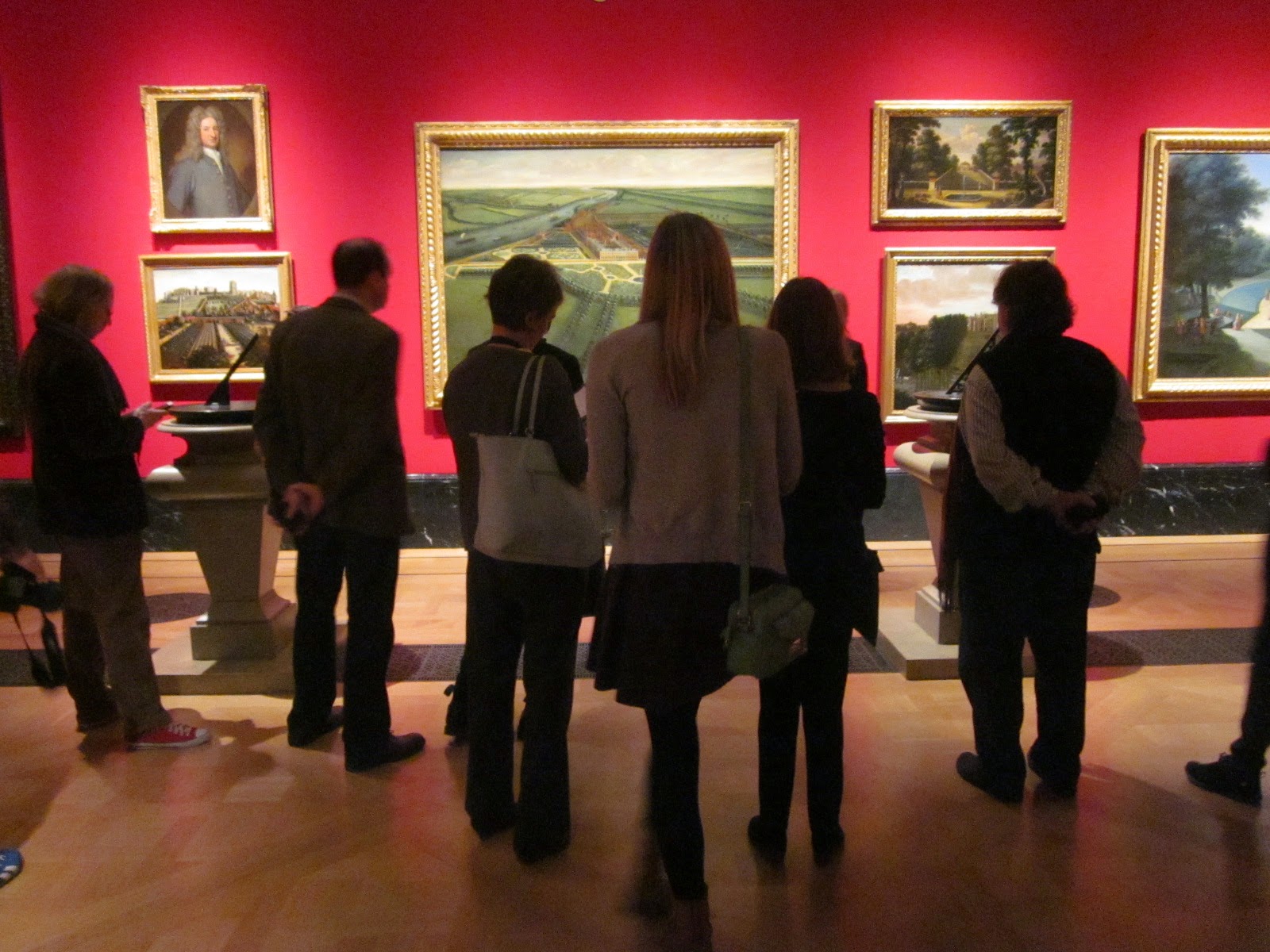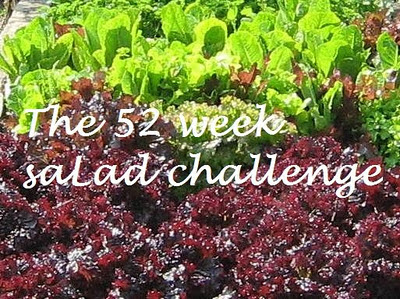Painting Paradise: The Art of the Garden
 |
| A look at the the Baroque style - characterised by increased formality and a greater use of water in garden design |
On Friday when most of the nation was craning its collective neck to see the partial solar eclipse, I instead found myself in the poshest of rooms without windows.
I was at a Bloggers Breakfast kindly set up by the Royal Collection Trust to preview their latest exhibition, Painting Paradise: The Art of the Garden. This is at the Queen's Gallery, Buckingham Palace from now, until Sunday 11th October 2015.
My visit turned out to be a real treat, from the coffee served by a member of the Royal Household through to the fascinating curator's tour which provided an accompanying slice of garden history without tears.
Amongst the delights are a number of firsts to view: the first portrait of a gardener (Jacopo Cennini, gardener to one of the Medicis, dated 1523); Ruralia Commoda, the first gardening manual - owned by Henry VIII - which contains detailed instructions for both landowner and gardener alike; and the first real English garden captured on canvas, viewed through the arches behind Henry VIII and family at Whitehall Palace.
 |
| Henry VIII with Jane Seymour, prince Edward and princesses Mary and Elizabeth at Whitehall Palace |
This is also "Politics in a Picture" as the painting depicts Henry with his family in a physically impossible gathering as Jane Seymour died shortly after giving birth to prince Edward. The painting's symbolism emphasises Henry's power - a statement to show off the Tudor dynasty and exert his right to be king of England.
Today gardening is often considered too nice to be political, yet politics and the garden was a central path running through this must-see exhibition, especially the tussle between William of Orange and France's Louis XIV. I didn't know the race to grow the first pineapple was so charged with political meaning.
At least this was a gentler battle than going to war, though we learned a king's desire to express his superiority through a garden could still be fraught with danger. For example, dozens of Swiss mercenaries were killed by the release of marsh gas when the estate was cleared to form the gardens at Versailles.
 |
| A small selection of images from the exhibition |
There are 7 key themes which take us from the gardens of Persia of around 500 BC through to those of Victorian times: Paradise, The Sacred Garden, The Renaissance Garden, The Baroque Garden, The Botanic Garden, The Landscape Garden and the Horticultural Garden.
In addition, The Garden Inside shows how horticulture is depicted on and influenced household objects and exquisite decorative pieces. Finally The Language of Flowers looks at this popular trend from Victorian times.
There are around 150 paintings, drawings, books, furniture, jewellery and a host of other fine objects to see. It's a rich and fascinating resource which merits more than one visit, so make sure you get your ticket endorsed into a 1-year pass whilst you're there. It's well worth timing your visit to coincide with a curator's tour too.
NB The Royal Collection Trust is a blogger friendly organisation - they've arranged breakfast previews at a number of their previous exhibitions. It's worth keeping an eye on their Bloggers Resource page for details of future events. There was also a live display on the day of the #PaintingParadise twitterstream which added a touch of modernity to accompany the historical artefacts.
 |
| I couldn't resist getting the book :) |
Anxious Gardener's view of the morning's activities
Writer in the Garden went on a different day, but had an equally wonderful time
Tim Richardson in The Telegraph
Maev Kennedy in The Guardian
Discover Your Painted Paradise - a quiz from the exhibition's website










Ooh, what a super visit. Thank you for the generous mention of the Collection's Bloggers' Resources. I meant to track down a contact when I first heard of the exhibition and (sigh!) never got round to it. I fear it's going to be absolutely chock full of people, which makes your experience all the better. It was even featured on the World at One this afternoon.
ReplyDeleteIt was fabulous Helen. We left just as the first of the paying public were entering and there were quite a few of them. If it's as well received by the public as by the media so far, I'd hold up this exhibition as further evidence of how valuable horticulture is to our society.
DeleteLucky you. Thanks for an enjoyable, and interesting, post. Flighty xx
ReplyDeleteYou're welcome Flighty and hopefully by sharing the link, my good fortune will spread to other bloggers and exhibitions :)
DeleteOh that looks as if it would be a fascinating exhibition to visit VP. I must find out more. Thanks for your post.
ReplyDeleteIt was fantastic Anna. My book of the exhibition arrived yesterday - well worth seeking out if you don't make it down south to see it for yourself.
Delete